Favourite European Christmas Dishes
Eat your way around Europe with our article on Christmas food traditions in Germany, Sweden, Poland, Spain, France, Finland, Iceland and Italy
-
Germany
-
Sweden
-
Poland
-
Spain
-
France
-
Finland
-
Iceland
-
Italy
If you’ve ever wanted to include something different to your usual, traditional Christmas dishes you don’t need to travel around the world to do it – now you can be inspired without even leaving your kitchen! There are great recipes to discover, but if the feeling of organising a completely different Christmas seems a little too overwhelming, you can just try some of our favourite baking specials without turning your Christmas entire plan upside-down. Ready for a trip?
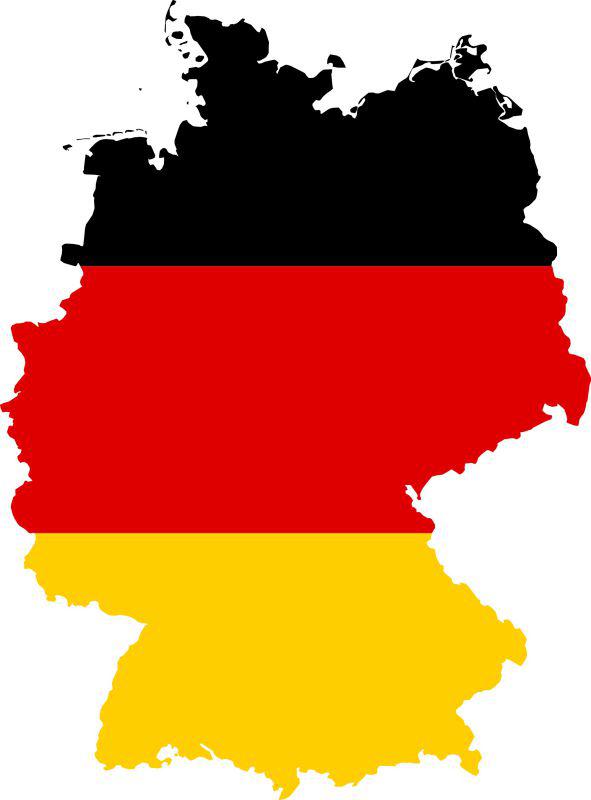 In Germany Christmas starts early, beginning on the 6th of December and is packed full of preparation of gifts, decorations and most importantly – delicious sweet treats. There is little doubt that a German Christmas could ever take place without Gluhwein, a special kind of mulled wine which is drunk during trips to the Christmas markets, helping to form memorable holiday experiences. Gluhwein is a warm red wine prepared with cloves, lemon, cinnamon and a little bit of sugar – and it tastes and smells just like Christmas. Or try making a non-alcoholic version with this recipe.
In Germany Christmas starts early, beginning on the 6th of December and is packed full of preparation of gifts, decorations and most importantly – delicious sweet treats. There is little doubt that a German Christmas could ever take place without Gluhwein, a special kind of mulled wine which is drunk during trips to the Christmas markets, helping to form memorable holiday experiences. Gluhwein is a warm red wine prepared with cloves, lemon, cinnamon and a little bit of sugar – and it tastes and smells just like Christmas. Or try making a non-alcoholic version with this recipe.
With afternoon coffee, Germans enjoy a piece of their special Christmas cake – Stollen – prepared with various dried fruits, nuts and spices. It usually also contains rum, orange peel and marzipan for additional taste. Find our recipe for Stollen here on the website. Interestingly, the first Stollens were made very traditionally with only flour, oats and water – and tasted quite plain, they became more sweet and tasty over the years.
Lastly, Pfeffernüsse Cookies – shortbread cookies made with molasses, full of warm spices and covered in powdered sugar are an absolute must-have in Germany during Christmas and Lebkuchen – soft, pillowy gingerbreads, which are variously glazed, chocolate coated and nut and citrus-flecked. They are the ultimate German Christmas cookies and can be found in the famous German Christmas markets.
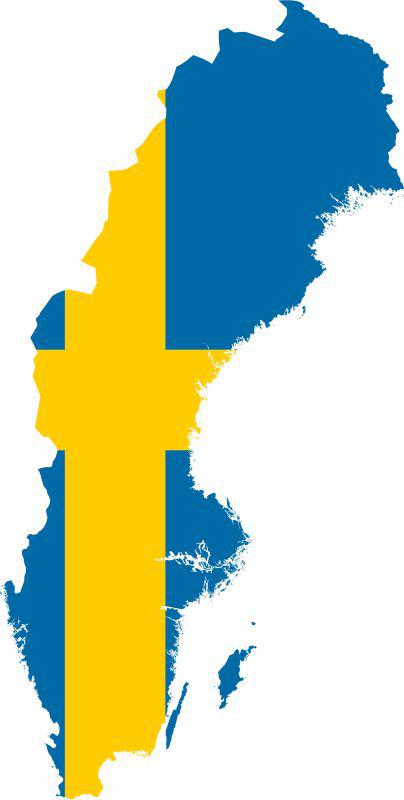 The real Christmas celebration in Sweden starts on St. Lucia’s Day, celebrated on 13th of December when kids dress in white dresses and carry around candles to celebrate the daylong celebration. It’s also a day of baking Lussekatter (lussebullar) – little saffron buns, moist and very, very sweet.
The real Christmas celebration in Sweden starts on St. Lucia’s Day, celebrated on 13th of December when kids dress in white dresses and carry around candles to celebrate the daylong celebration. It’s also a day of baking Lussekatter (lussebullar) – little saffron buns, moist and very, very sweet.
Christmas dinner, which is served on 24th of December in Sweden, comes in a form of Julboard (Christmas buffet) – a special type of Smorgasbord (Swedish buffet) served only during Christmas – a choice of various fish (salmon, herring, whitefish and eel), Christmas baked ham, meatballs, pork ribs, sausages, boiled potatoes, cheeses, beetroot salad, various forms of boiled cabbage and root vegetables. One of the main dishes is Janssons frestelse – a traditional Swedish casserole made of potatoes, onions, pickled anchovies, breadcrumbs and cream. The taste is pretty strong and not for everyone – but worth trying at least once!
And since Sweden has a huge tradition of baking cookies for Christmas, especially Pepparkakor (Gingersnaps) can be found everywhere. They are very similar to gingerbread cookies but much thinner, hard and very crisp – they melt in coffee or tea and are a great treat for an afternoon Christmas family get-together. Start with our easy gingerbread cookies recipe here.
One interesting tradition of Swedish Christmas is a preparation of Risgrynsgröt. This is not a cake or a cookie, but a special type of rice porridge, which is served for breakfast on Christmas Eve. It’s delicious and creamy, prepared with cinnamon, brown sugar, milk and a little bit of cream. One almond is hidden in the porridge and the person who finds it wins a prize.
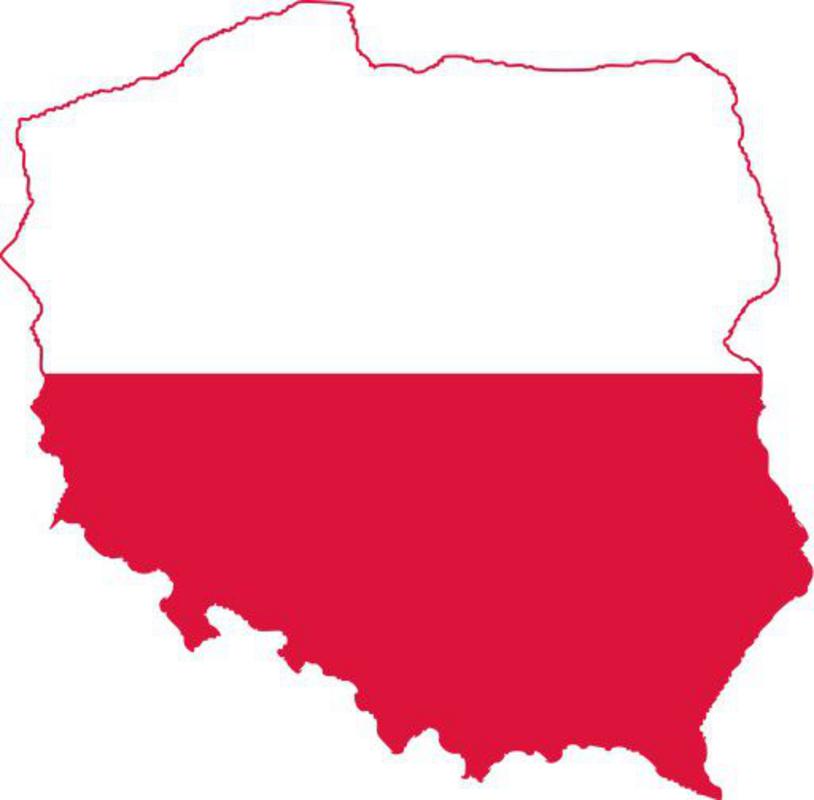 Similarly to other Eastern European countries, a traditional Polish Christmas dinner takes place on the 24th of December and should consist of 12 different dishes. It starts with a soup – and depending on in which part of Poland the Christmas dinner is taking place, it’s either clear borsch with cabbage and mushroom dumplings or a special mushroom soup. A vegetable salad is also a must – it is prepared with cooked carrot, parsnips, potatoes and eggs with pickles and apples for balancing the taste. Everything is mixed together in a huge pot with mayonnaise and tightly packed in jars, so the family can enjoy it during the upcoming holiday days.
Similarly to other Eastern European countries, a traditional Polish Christmas dinner takes place on the 24th of December and should consist of 12 different dishes. It starts with a soup – and depending on in which part of Poland the Christmas dinner is taking place, it’s either clear borsch with cabbage and mushroom dumplings or a special mushroom soup. A vegetable salad is also a must – it is prepared with cooked carrot, parsnips, potatoes and eggs with pickles and apples for balancing the taste. Everything is mixed together in a huge pot with mayonnaise and tightly packed in jars, so the family can enjoy it during the upcoming holiday days.
Baking also plays a huge part during a Polish Christmas – gingerbread dough - often prepared early in November and used to bake gingerbread cookies in December. These are later decorated with icing, nuts or dried fruits. Find gingerbread here in our webshop.
The signature cake is a Velvety cheesecake baked on a thin layer of shortbread with raisins or orange peel. Poppy seeds are seen as one of the major components of Christmas treats, therefore a Polish Makowiec (poppy seed roll), made with a poppy seed filling, then minced with nuts, raisins, honey, butter and spices and rolled into a pastry before being topped with lemon icing and walnuts is an absolute must. And as surprising as it may seem, poppy seeds mixed with noodles and honey and served cold is also a popular Christmas dish!
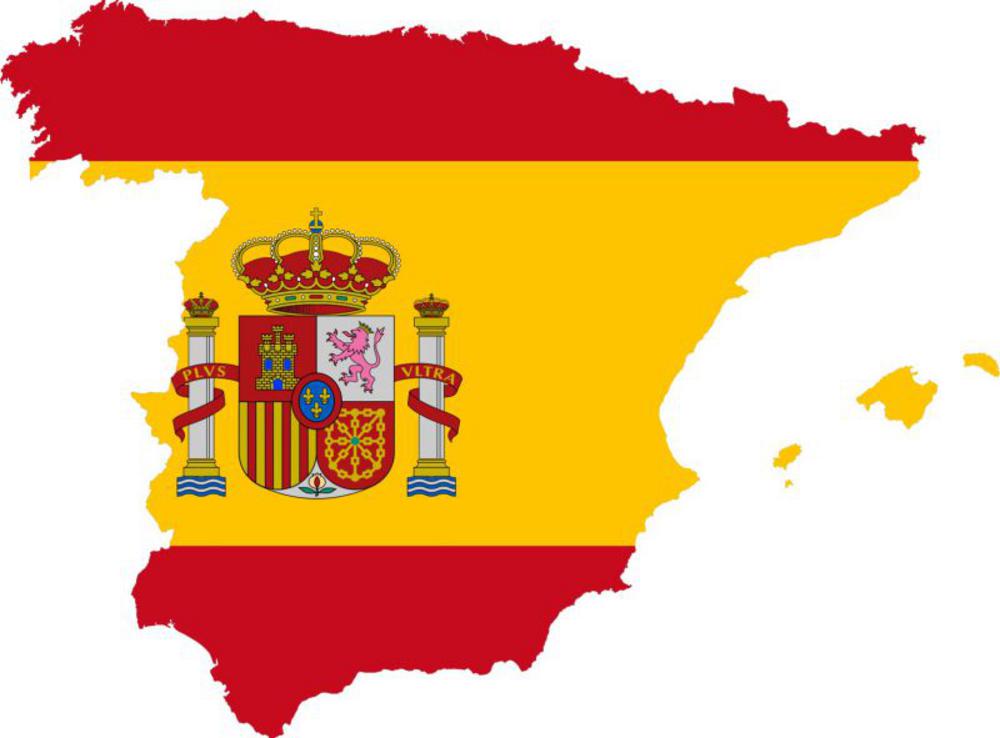 In Spain, the most important part of the holiday season is Christmas Eve called La Noche Buena and the dinner, which is the biggest meal of the year, is eaten together with family and friends late at night, often also in the bars and taverns. Traditionally, the most important dish of the evening is called Pavo Trufado – turkey stuffed with truffles, served whole on the table. Dinner includes also various seafood, especially Langostinos (king prawns), eaten as appetisers and grilled, marinated or fried.
In Spain, the most important part of the holiday season is Christmas Eve called La Noche Buena and the dinner, which is the biggest meal of the year, is eaten together with family and friends late at night, often also in the bars and taverns. Traditionally, the most important dish of the evening is called Pavo Trufado – turkey stuffed with truffles, served whole on the table. Dinner includes also various seafood, especially Langostinos (king prawns), eaten as appetisers and grilled, marinated or fried.
Favourite Spanish Christmas sweet treats are made mostly of almonds – the most popular are Turrones, traditional Christmas candy. They come in two types: turrón duro and turrón blando, which are produced depending on the region. The duro, or ‘hard’ variety is very crunchy and perhaps somewhat similar to peanut brittle. The blando, or ‘soft’ type - is sweeter, softer and tastes more like dense almond butter. Turrones are made by slowly cooking almond meal mixed with sugar and honey on a low heat. Also loved are Polvorones – rich, crumbly almond cookies dusted with powdered sugar that just melt in the mouth. They are less sweet than the Turrones and usually eaten with coffee or tea.
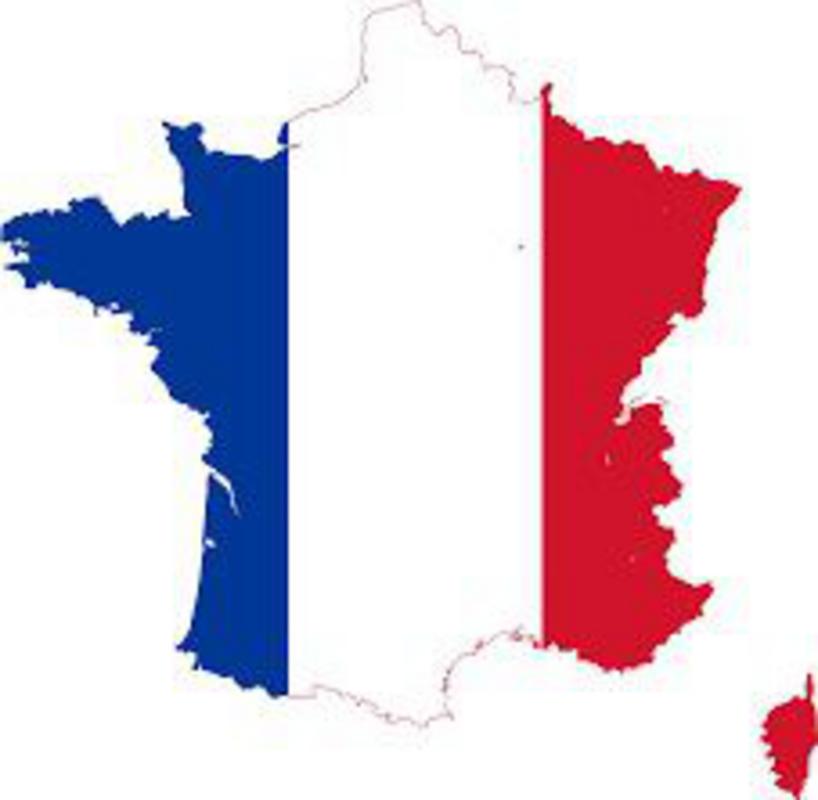 The late French dinner is called La Revellion and was traditionally held after midnight mass on Christmas Eve. Today, however, most people decide not to feast that late at night and start a little bit earlier in the evening. The French love seafood, which is why Oysters are a very common addition to the menu, served up as an appetiser, followed by Lobster and Scallops. Snails are also very common, served as a starter with parsley and garlic butter. The main dish of the dinner changes from year to year and from region to region, but the favourite one is turkey stuffed with chestnuts - simply because, at that time of year, chestnuts can be found anywhere around and taste especially good with turkey. Try this Rustic Chestnut Bread recipe, particularly good with cheeses.
The late French dinner is called La Revellion and was traditionally held after midnight mass on Christmas Eve. Today, however, most people decide not to feast that late at night and start a little bit earlier in the evening. The French love seafood, which is why Oysters are a very common addition to the menu, served up as an appetiser, followed by Lobster and Scallops. Snails are also very common, served as a starter with parsley and garlic butter. The main dish of the dinner changes from year to year and from region to region, but the favourite one is turkey stuffed with chestnuts - simply because, at that time of year, chestnuts can be found anywhere around and taste especially good with turkey. Try this Rustic Chestnut Bread recipe, particularly good with cheeses.
Although the Christmas tree is not very popular in France, instead the French make a traditional Yule log-shaped cake called the Buche de Noel (Christmas Log), which is sponge cake, formed into a roulade, filled with buttercream and covered with chocolate ganache. Interestingly, in some parts of France, especially Provence, there are up to 13 different desserts that are eaten (representing Jesus and the Apostles), all made from a variety of fruits, nuts and pastries, including a traditional cake called Pompe a l'huile, a sweet bread made with olive oil. The twelfth night after Christmas marks the end of the celebrations and is the time for taking down the decorations. The French still keep the mediaeval tradition of baking a cake containing a dried bean. The person who gets the bean is the King or Queen for the evening and is crowned with a paper crown. Find the recipe here.
So if you are planning for a French Christmas, perhaps stock up on some digestion tablets – there is plenty to eat!
 In Finland, Christmas dinner is eaten on the 24th of December, during Christmas Eve. Similarly to Swedish Smörgåsbord, Finns serve Joulupöytä – a traditional assortment of foods and dishes containing mainly seasonal products. The main dish is usually a large, oven-baked Christmas ham, served with mustard and bread. On the table can be also found different root vegetable casseroles, especially Rutabaga (turnip) casserole, mixed beetroot salad, different meats and pates and a choice of various fish, including gravlax (smoked salmon) and herring. Many people prepare a special mixed fruit soup – mixed dried fruits are soaked with water, sugar and cinnamon cooked and served dusted with powdered sugar.
In Finland, Christmas dinner is eaten on the 24th of December, during Christmas Eve. Similarly to Swedish Smörgåsbord, Finns serve Joulupöytä – a traditional assortment of foods and dishes containing mainly seasonal products. The main dish is usually a large, oven-baked Christmas ham, served with mustard and bread. On the table can be also found different root vegetable casseroles, especially Rutabaga (turnip) casserole, mixed beetroot salad, different meats and pates and a choice of various fish, including gravlax (smoked salmon) and herring. Many people prepare a special mixed fruit soup – mixed dried fruits are soaked with water, sugar and cinnamon cooked and served dusted with powdered sugar.
Finns have their favourite Christmas pastries, called Joulutortut (Finnish Christmas Stars), which are baked only using cold water, margarine, flour and a little bit of vinegar with plum jam.
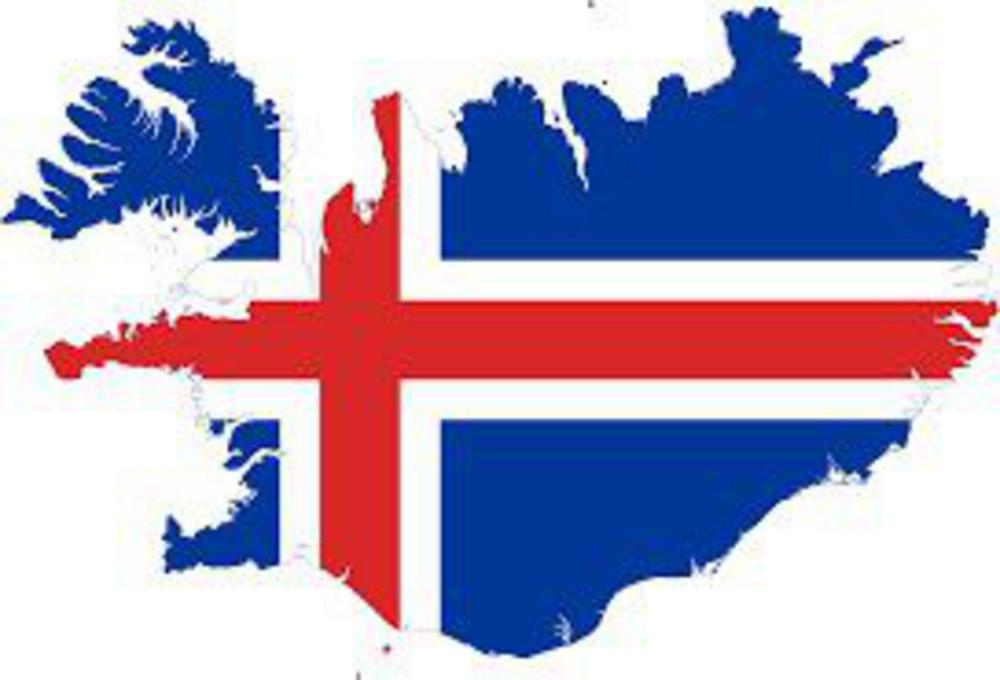 And if you are looking for something more original, how about Icelandic Christmas? Traditionally holiday time revolves around food, both when it comes to eating and sharing – especially various types of meat. Due to harsh conditions and temperature, some of the favourite Christmas dishes include Rock Ptarmigan, Smoked Rack of Pork, Leg of Lamb or Turkey but it all depends on peoples’ taste and preferences. The favourite main dish of the evening is usually lamb meat - smoked and cooked in water, eaten with potatoes, vegetables and a thick white sauce. Alternatively, Icelandic people choose skate - a large flat fish that lives at the bottom of the sea. Before serving it is kept in storage for some time to make the taste very strong. It is then eaten with potatoes and lamb fat.
And if you are looking for something more original, how about Icelandic Christmas? Traditionally holiday time revolves around food, both when it comes to eating and sharing – especially various types of meat. Due to harsh conditions and temperature, some of the favourite Christmas dishes include Rock Ptarmigan, Smoked Rack of Pork, Leg of Lamb or Turkey but it all depends on peoples’ taste and preferences. The favourite main dish of the evening is usually lamb meat - smoked and cooked in water, eaten with potatoes, vegetables and a thick white sauce. Alternatively, Icelandic people choose skate - a large flat fish that lives at the bottom of the sea. Before serving it is kept in storage for some time to make the taste very strong. It is then eaten with potatoes and lamb fat.
Many people also bake different types of cookies for Christmas, and make a Laufabrauð (leaf bread), a traditional crisp bread made with a thin, wafer-like dough which is first cut into intricate geometric patterns, then deep-fried and saved to be eaten as an accompaniment to Christmas dinner. Traditionally, leaf bread was only available for those better off and did not enter the table of the general public until the 19th century. Today leaf bread can be prepared at home from scratch or made of premade dough and patterns can be either cut by hand or made using a special leaf bread iron.
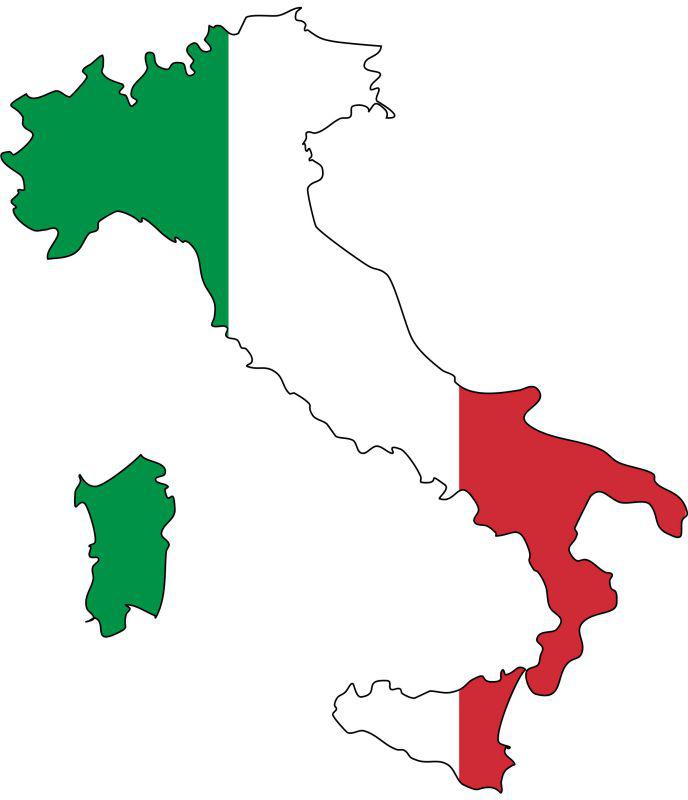 In Italian tradition, lunch, il pranzo, on Christmas Day is the most important of all the Christmas feasts. Italians favourites include crostini with pâté or the classic tortellini, are particularly popular in northern Italy. Some prefer lighter versions and opt for lamb dishes with boiled or grilled vegetables with mashed potatoes or lentils.
In Italian tradition, lunch, il pranzo, on Christmas Day is the most important of all the Christmas feasts. Italians favourites include crostini with pâté or the classic tortellini, are particularly popular in northern Italy. Some prefer lighter versions and opt for lamb dishes with boiled or grilled vegetables with mashed potatoes or lentils.
Find our range of panettone here.
Italians also love their Christmas sweets – they have six different Christmas treats, all equally important! Panettone, a sweet, dome-shaped bread loaf studded with raisins and candied citrus peels. The dough takes several days to make (similar to sourdough) as it has to be fermented. Panforte, which despite the name, it’s not a bread but rather a chewy, dense fruitcake heavily flavoured with honey, cloves, coriander, cinnamon and white pepper. Pangiallo, which is a golden yellow bread filled with nuts, raisins, spices, and candied fruit, including lime and orange peels; Pandoro, the sweet star-shaped bread from Verona dusted with powdered sugar and sometimes with a hole cut inside and filled with Chantilly cream or gelato. Pandolce, which is a dense, crumbly, and filled with spices and candied fruits. According to tradition, a part of the pandolce should be set-aside for the poor, while another should be kept for the feast day of St. Blaise on 3rd February and finally Panpepato (or Pampepato – spiced bread) which is a heavy gingerbread cake spiced with cloves, cinnamon, nutmeg, honey, nuts dark chocolate, and candied fruit. Italians also love il torrone, soft type of nougat made with almonds, egg whites and sugar.
And here our trip comes to the end… remember that you don’t need to decide on one country – if you are feeling adventurous, you can try some dishes from more than one place for an unforgettable Christmas experience!